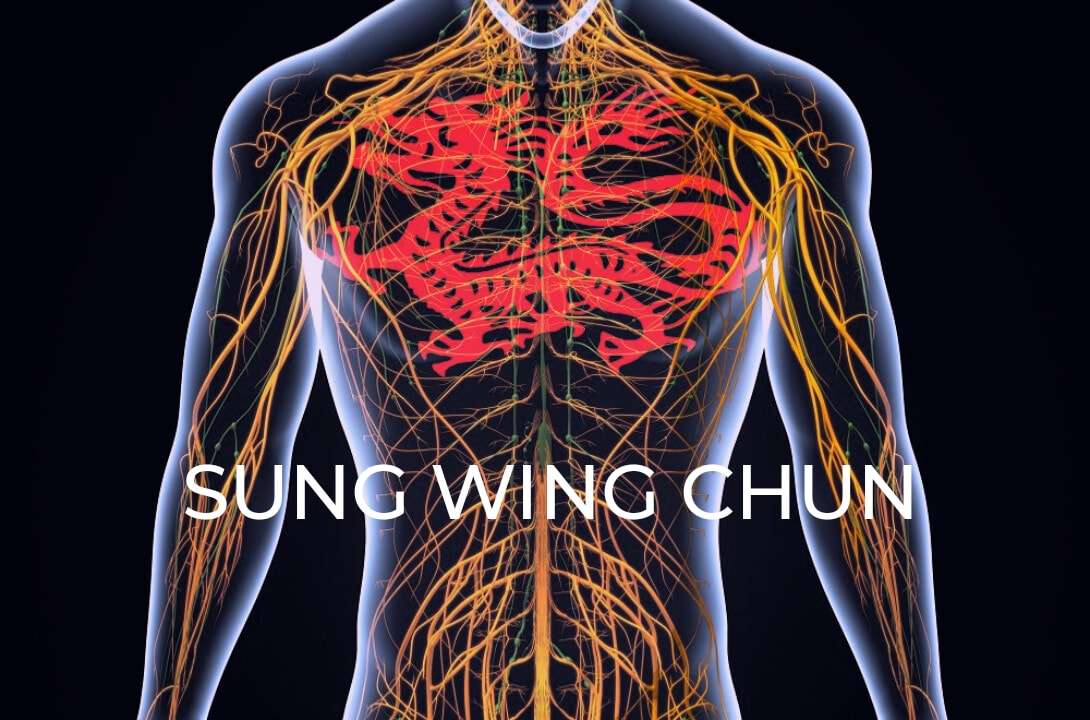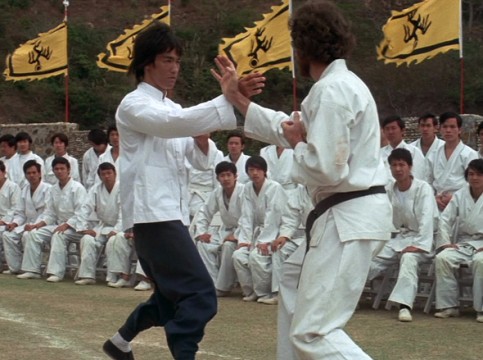|
This is a question which most 'humble' martial artists ask before then rolling out the clichés that they are all equal, but it is how hard you train that counts. I am not convinced. How can a striking free art like judo be equal to boxing (no throwing). How can Olympic tai kwan do be equal to aikido when it has no hand work of any significance. If I invent my own martial art will it be equal to all others, or does it have to exist for a certain period of time first? Each art may be valid but the word equal does not really make sense in this context. To break this down I think it is best to separate out the two key constituents. The 'Martial' and the 'Art': Martial Martial is about fighting (the word is derived from Mars, the Roman god of war), the core components consisting of punching, kicking, throwing, joint locks and not much else. Children will do all if these things instinctively and we as societies have refined them so we can do as much damage to someone in as quick a time as is possible. All martial arts will have started employing the 4 key tools but over time began to specialise to suit the characteristics of the practitioners. Punching is the method of choice for those with little training, it is quick effective, powerful and is the least risk method to your own balance. When I have watched sparring from most intermediate level martial artists, whatever art they do, they usually settle into the default method of side on punch and kick, as the more complicated techniques of any system become more difficult to pull off in real time confrontations. The 'Art' This is where things start to unravel. In a straight fight we can tell who is best, but with the added aspect of an 'art' extra rules start to be added and reality takes a back seat. You can think of the art as the training method employed to get someone into a condition to fight. For a western boxer this is fitness conditioning, bag work, combinations and sparing. For a lot of Chinese and Japanese arts they employ kata (forms) and for the jui juitsu arts it is techniques for throwing and locking. Over time as each method has retreated to train within its own group, more elaborate techniques have developed to deal with its own speciality. Forms become longer, more flowery and have more to do with aesthetic beauty and flexibility than with effectivness. BJJ is a fantastic art, but cannot be used to deal with more than one opponent, especially where it is not safe to go to ground. MMA has been a real eye open for most fighters, there has been a return to learning the basic 4 components as many arts have been unmasked as 'ineffective' when they enter it's crucible. However MMA still has a lot of baggage related to 'art' side. The rules favour grapplers; gloves are worn, there are no corners, the floor is soft and there is only one opponent. Also, crucially there is an agreement of both parties to enter into a fight; there is none of the surprise of an ambush or use of weapons which happens in the real world. In effect the training is undertaken in order to enter into a duel with an opponent of equal ability; where is the reality in that? You are probably now thinking I am going to say that wing chun is the best. I am not... What is great about wing chun is that is pragmatic in its approach, my style of wing chun is about breaking an opponents balance quicky and hitting hard, ensuring you keep your own balance whilst at the same time being able to deal with more than one opponent. Just as important for me is does not damage your own health whilst training and you can continue to improve as you get older. However, I would not recommend it to a child or someone who needs a quick hit self defence course. For someone under 10 I would also say learn judo, it teaches good coordination and balance as well as discipline. For my daughters I would say TKD, they are very flexible and do not like confrontation. For an 18 yr old looking for confidence I would say boxing; go to for a bouncer would be kickboxing and BJJ, and for someone older or in poor health choose tai chi. What we come down to is all arts have their place, some are more art than martial but as long as the practitioners recognise that there is no problem. When I got into my late 30s and now past 40 I see no need to have myself beaten up every week in training, the art for me is the internal puzzle of producing power without effort and figuring out how to land that on an opponent before they can do it to me. Being pragmatic means compromise. I could not match a 20 yr old MMA fighter in the ring, but in the pub I might have the edge. My skill and power will also keep increasing so in 20 years time I might be able to take on him and his mates, as by then they will be overweight and carrying debilitating injuries through hard training. In Chinese martial arts they place the 4 most important aspects in fighting in the following order, 1. Fighting spirit (the will to win). 2. Power. 3 Speed. 4. Technique. When you choose an art for yourself you can also factor in real world outcomes other than fighting such as, health, fitness, flexibility and social interaction, and mix them together to get the art for you. The best art is out there, but it is only best for you and what you want to achieve. Wing Chun has opened up a window for me I do not know existed. To learn about my body, using relaxation to produce power and speed with little effort and know that it works for fighting makes it the best fit for me. I do not try to make it fit all of our students, we can lead them to the water but it is up to them to decide if it is palatable. Which is the best car, a Ferrari, Bentley a Toyota Land Cruiser or an Audi 4x4? It all depends on the road in front of you.
0 Comments
Your comment will be posted after it is approved.
Leave a Reply. |
AuthorKeeping you up to date with what is happening in class Archives
July 2024
Categories |


 RSS Feed
RSS Feed